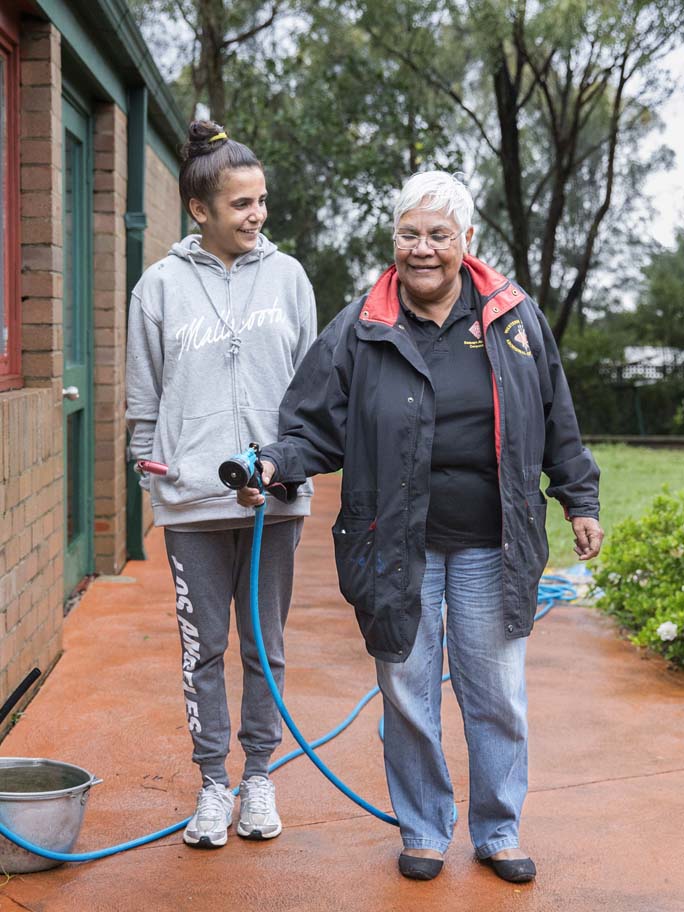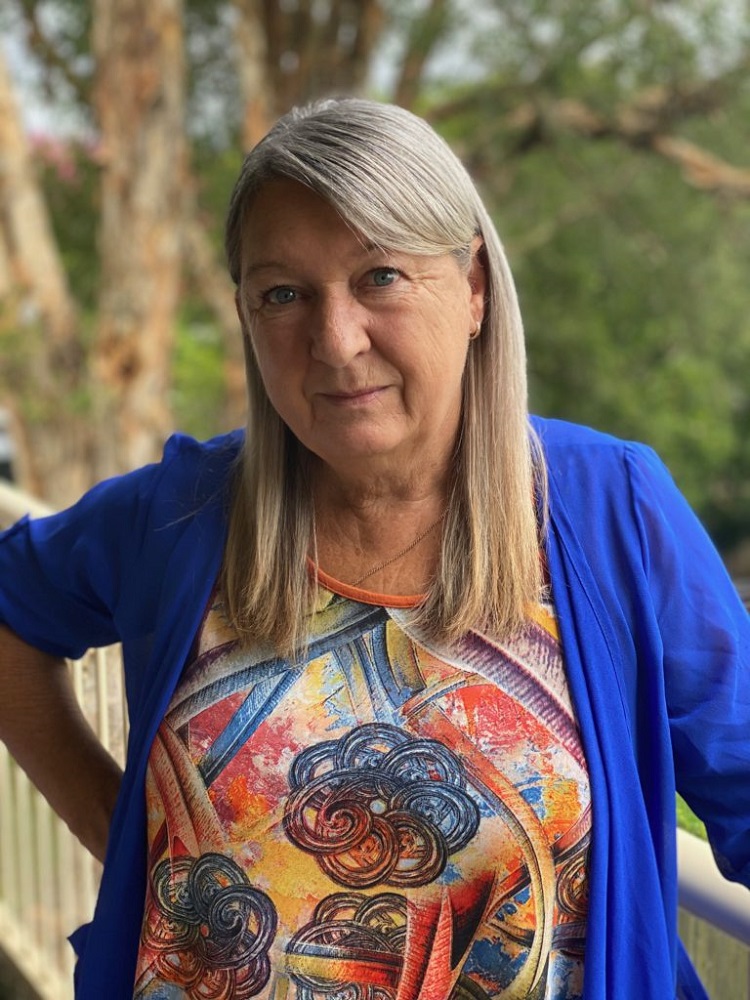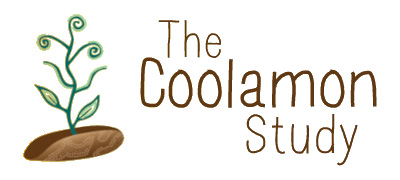Background: Why the Ironbark project?
Aboriginal Elders are the keepers of our cultural knowledge, they are the educators in our communities teaching our young, supporting and maintaining connection to country and an integral part of Aboriginal culture.
Many older Aboriginal people are also the caregivers of their grandchildren and are seen as mothers and fathers rather than grandparents.
As the Aboriginal population ages, it is important to provide programs that meets their needs and supports older Aboriginal people to continue their important role in community.
The Ironbark: Standing Strong and Tall program is a falls prevention program developed in partnership with Aboriginal communities in NSW. It was then tested with six communities and the evaluation found:
- 98 Aboriginal people registered for the program, ages ranging from 40-90 years old, mostly women (53 female participants, 69%).
- The program significantly improved strength and balance
- There was a significant average decrease of in average Body Mass Index
- There was a noticeable increase in participants becoming involved with social activities and outings, including walking groups.
All participants enjoyed the program, and all were willing to recommend the program to others. The most popular element of the program was the Yarning Circles.
The Ironbark trial has now been funded by the National Health and Medical Research Council to test if the Ironbark program prevents falls, and improves the health and wellbeing of older Aboriginal people.
We also aim to contribute to the evidence that community based, Aboriginal led programs are culturally appropriate and acceptable to Aboriginal people across other states, and are cost effective.
For further information:
First Nation Elders’ perspectives on healthy ageing in NSW, Australia article

“Well, the program was actually more then what I thought it would be. It was very good. The information was great combined with the Yarning Circle. The people who come feel like a family now, it has helped with loneliness and death within our group. Each of us had each other it has enhanced our lives. We hope to keep coming so we can have our yarning and exercises.”
IRONBARK PROGRAM PARTICIPANT
Is anybody listening? Stories from Australia’s First Nations Families whose Children had Sustained a Burn Injury – Julieann Coombes
Background
Australia’s First Nations children experience a higher prevalence of burn injury than other Australian children. Optimal recovery from burns is associated with access to ongoing specialised care from the multidisciplinary burn team. Despite being over-represented, there is no research that tells the story of burn aftercare from the perspective of families.
Aims and objectives
This thesis aimed to identify barriers and facilitators to burn aftercare for Australia’s First Nations children who sustain serious burn injuries and to ensure the voices of First Nations people is privileged throughout.
The objectives were to:
- document the barriers and facilitators to aftercare;
- understand the extent to which these barriers contribute to poor health outcomes;
- help inform the development of clear and practical clinical guidelines;
- identify culturally safe approaches to support families when accessing multidisciplinary teams in health services and community settings; and
- to better understand what appropriate resources are needed to support families leaving the tertiary health system and improve access to burn aftercare.
Methods
My thesis is a strong representation for being true to Australia’s First Nations voice, maintaining strong cultural connection through storytelling, yarning and Dadirri and bringing that to the fore. My standpoint, my identity and being true to myself as a First Nations woman laid the foundations for this body of work. It has been essential that my cultural integrity remains intact throughout my study as a PhD student and to stay strong in my culture, this I have been able to achieve.
My systematic review found there was nothing in burns care that privileged the voices of First Nations peoples in accessing ongoing burn care. For First Nations children with a chronic condition, the review highlighted a lack of culturally appropriate services and difficulties related to travelling to services as key barriers in accessing ongoing care. This was the starting point in ensuring First Nations families in Australia had an opportunity to be heard throughout my study and my doctoral thesis.
Setting
Australian First Nations children and their families who had sustained a burn injury were asked to share their journey to recovery to better understand the barriers and/or facilitators to burn aftercare. Families were recruited from a larger study “Understanding burn injuries in Aboriginal and Torres Strait Islander children: treatment, access to services and outcomes”
Families were recruited from a larger study “Understanding burn injuries in Aboriginal and Torres Strait Islander children: treatment, access to services and outcomes”. Two families were from urban areas and 1 from a remote area In South Australia. In Queensland, 2 families were from the city, 2 from an urban area, 2 were from a remote community, 1 family was from a very remote area and 1 family lived in the Torres Strait Islands. There were five families in New South Wales there were 2 from urban areas, 2 from remote areas and 1 from a very remote area. Two families from the Northern Territory who both lived in remote areas.
Yarning was conducted in the family’s home.
Yarning with families
Eighteen families, which included 59 individuals, were recruited and yarns were conducted in families’ homes and communities using yarning and Dadirri as Indigenist research methodologies. Interviews were audio recorded and transcribed verbatim. Data was stored in NVivo10 software (2014, QSR International Pty Ltd). Each transcript was analysed by JC using thematic content analysis, within the Aboriginal ontological framework. The research process had a depth and intimacy of Indigenous knowledges rooted in all aspects of the research, from project development to sampling, data collection, data coding, data analysis and interpretation.
Emerging themes were established, and a short summary sent to the families with the themes highlighted on their transcripts. Eighteen of the families were called, 15 of whom were available to reflect and discuss the themes found in their transcripts by asking what these themes mean to them, what can be done to alleviate the barriers found, and what are the most important themes (barriers/facilitators) for the burn aftercare needed for their child. All names and places have been changed for the privacy of the families, however the content continues to honour the voices of the families. There was the possibility for me to mention the families’ names and communities as I had their consent recorded to do so. Fear of naming hospitals was not expressed by families nor was there a fear of being treated differently. It did not matter if by chance medical staff did find out who they were because racism was already an issue and families’ desire to be heard was stronger.
“We did get help in the community. We did get a lot of support. Community helped a lot with my other kids, like family. Family helped rub cream on him all the time, to give me a break. There was always someone to take my daughter to her appointments.”
-Participant in Coombes et al 2020
The role of First Nations Health Workers
I have been able to show that maintaining my Indigenous way of knowing, being and doing can be achieved and respected while working side by side with a non-First Nations champion and my co-author for chapter 7. Our datasets although very different and coming from two different sub-studies also highlight how two worlds can come together to strengthen the need for equitable health outcomes for First Nations people.
Results
Families’ experiences in burn aftercare within health services in Australia comprised of significant barriers in accessing healthcare following their child’s burn. Racism, distance to aftercare services, cost of transport and parking in hospital grounds for outpatient clinics and disconnection from family were some barriers that families voiced as central issues. However, there were also some clear facilitators such as the support of First Nations Health Workers and Liaison Officers. It was also found to be fundamental for First Nations families to have input into care received and clear and concise communication on the care that is needed for ongoing burn aftercare to be effective. Most barriers can be alleviated by First Nations Health Workers’ support and involvement in the child’s burn aftercare.
Conclusion
This thesis details how vital early interventions, that are clearly planned and enacted in a culturally appropriate and safe way. Consideration of the needs of all involved in the burn aftercare, including the multidisciplinary team, the First Nations Health Workers, the family and the child would lead to improved access to and outcomes of burn aftercare.
Biography - Julieann Coombes
Throughout her PhD journey, Juls committed to applying Indigenous Research Methods which is no easy feat when a PhD is couched within a biomedical environment.
Juls’ PhD privileges the voice of Aboriginal and Torres Strait Islander families as they describe the care their child received following a burn injury. This body of work places Aboriginal and Torres Strait Islander people first and foremost in the health care process.
I have no doubt this research will (& already has) had an impact on how burn care is delivered and considered in the hospital system, leading to more reflective practice and moving towards more equitable care.

